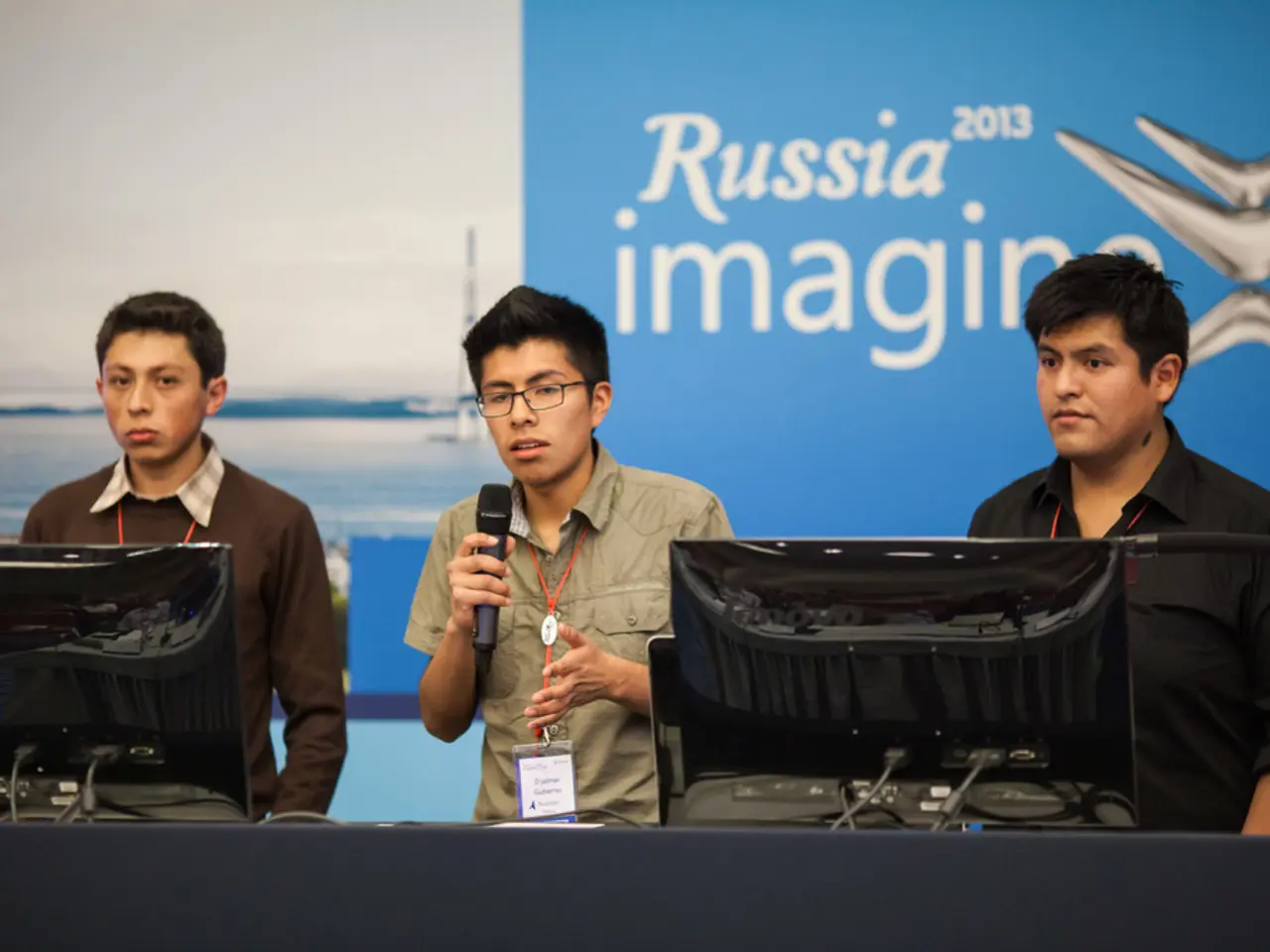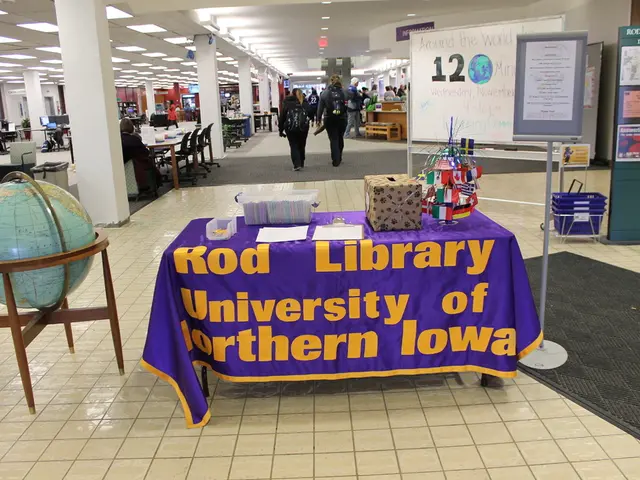Social Media's Deceptive Tactics: Uncovering the Demographics Tempted by Misinformation, Reshaping Your Perspective on Online Content Indefinitely
In a groundbreaking study involving over 66,000 participants from 24 countries, researchers have uncovered intriguing patterns in how individuals process information, particularly in relation to misinformation.
The study, which used the Misinformation Susceptibility Test, found that women were more likely than men to believe misinformation. However, women demonstrated significantly better self-assessment skills, accurately predicting their performance on the test. In contrast, men, particularly educated men and moderate conservatives, tended to overestimate their abilities, often scoring better on the tests but misjudging their own performance.
The findings also revealed that confidence levels poorly predicted actual performance across nearly every demographic group. For instance, underconfident performers, primarily less educated participants, showed poor test performance but were often aware of their limitations. On the other hand, overconfident performers, particularly those affiliated with populist political ideologies, demonstrated a poor ability to identify misinformation.
Interestingly, Gen Z participants, despite growing up with smartphones, performed worse at identifying fake news than any other age group. However, Gen Z participants accurately predicted their poor performance on the misinformation detection tests. For younger generations, the focus should be on building systematic verification skills.
The study also highlighted the importance of educational background. Highly educated individuals consistently overestimated their ability to identify fake news. For this group, interventions must address overconfidence directly. Conversely, for underconfident performers, the challenge lies in building their skills and confidence.
Linguistic cues were found to influence credibility assessments. False stories often used more dramatic language, made broader claims, and appealed to existing fears or prejudices. Political ideology also strongly predicts misinformation susceptibility, with extreme viewpoints across the political spectrum correlating with reduced discernment ability.
The path forward demands recognition that misinformation susceptibility isn't primarily about intelligence or education, but rather specific skills that can be taught and practiced. The study's findings suggest targeted intervention strategies rather than one-size-fits-all media literacy programs.
The study provides a roadmap for addressing misinformation susceptibility, but implementation requires political will, educational innovation, and individual commitment to intellectual humility. The findings expose a critical blind spot in how we approach information literacy in our hyperconnected world.
Read also:
- Dual-function mattress offers both cooling and coziness at an affordable price.
- Top-Notch Weed Killers for Fences in 2025: Efficient Boundary Management Solutions for a Clean Fence Line
- Jellyfish invade coastlines, forcing closure of nuclear power plant: jellyfish predicament
- South Pasadena Police Introduce Fully Electric Fleet, Choosing Teslas






